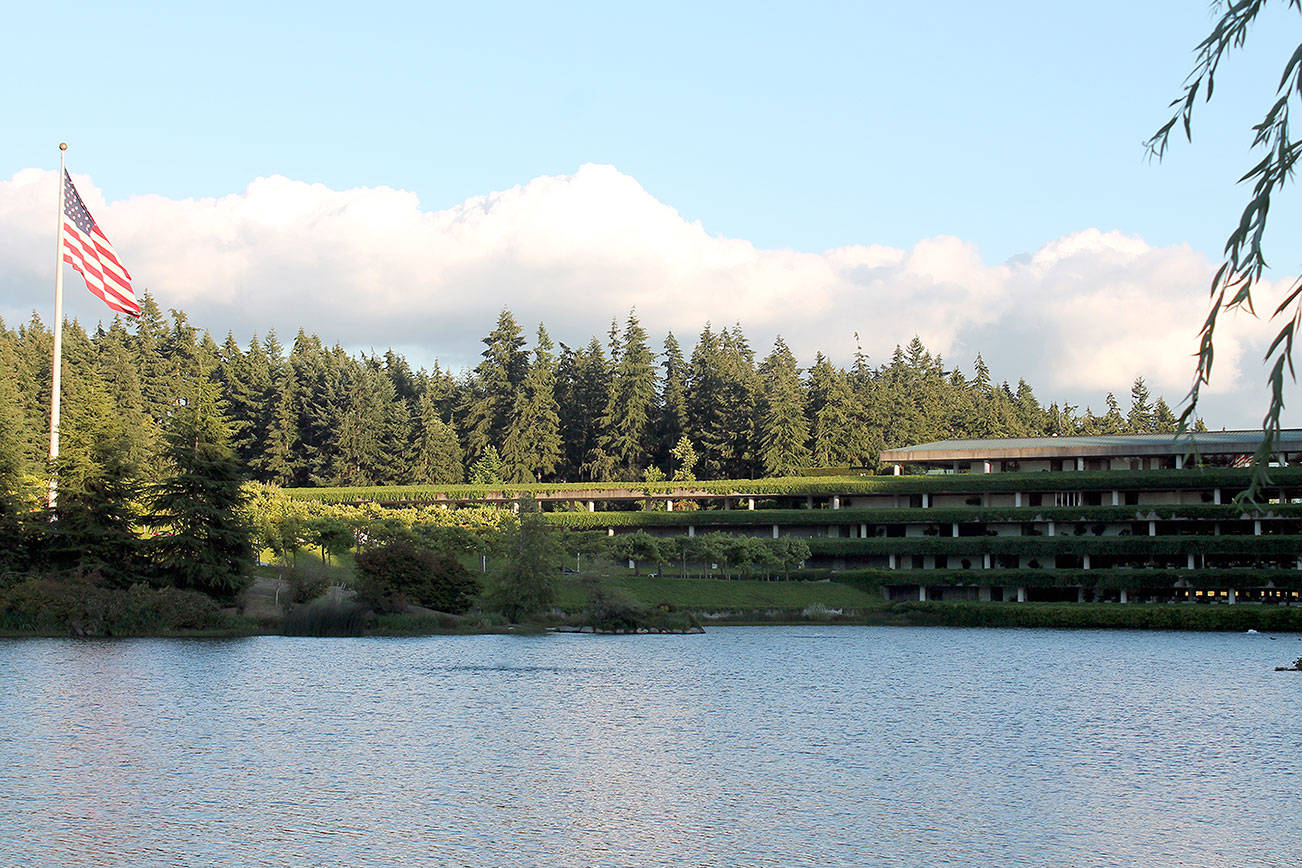By Barbara Lloyd McMichael, South King County Cultural Coalition
Growing up on Military Road in a house that overlooked the rural Green River Valley, I remember when most of our area was unincorporated King County and decisions about land use were made in downtown Seattle. Maybe that explains why South King County – being out of sight, out of mind to those big city folks – got saddled with so many large landfills!
Even when South King County communities began to incorporate as cities in their own right, with the idea that residents would gain more local control, our forests continued to be felled and our fields paved over to make way for a metastasizing airport and mile after mile of warehouse/strip mall sprawl.
And yet…
There are gems that have been preserved by dint of both public and private efforts. In Federal Way, we have the Dumas Bay Centre and Dumas Bay Preserve, West Hylebos Wetlands Park and the restored Barker and Denny cabins, PowellsWood, Pacific Bonsai Museum and the Rhododendron Species Botanical Garden. These are the kinds of places that make a community special, and they are only here because people advocated for them, secured funding for them and invested hours of sweat equity, too.
Three current historic preservation efforts in the greater Federal Way area are now at potentially make-or-break junctures and deserve your attention.
The two-acre Seattle Pet Cemetery, located at 23646 Military Road South, was founded in 1948, making it the oldest pet cemetery in the state. It contains the graves of creatures including Little Tyke (a vegetarian lioness who became a 1950s TV phenom), K-9 officers, and my next-door neighbor’s beloved poodles.
After a change of ownership, a sign went up at the cemetery last year, inviting public comment on a proposed telecom installation on the grounds. But the notice coincided with the state’s coronavirus advisory to stay home, so public feedback was minimal.
A few months later, when Federal Way resident Julie Seitz visited her pet’s gravesite, the project was already under construction. She began asking questions, which led to revelations that human remains also are interred at the cemetery and the initial environmental policy review for the project had been incomplete.
Pet-owners who’d invested in a serene final resting place for their pet (and in some cases for themselves) were not expecting to have a cell tower looming over their graves. Seitz is leading the fight to have the tower dismantled and installed elsewhere.
Here’s another case: the Des Moines Masonic Home. Built in 1926 as housing for retired Masons, the castle-like structure is easily the most imposing architectural feature that can be seen from Puget Sound between Seattle and Tacoma. The building’s interior is impressive as well, and after the Masons vacated the structure it was used briefly as an event venue.
In 2019, the property was sold with an application for a demolition permit included as a condition of the sale. Now the new owner wants the demo permit renewed, while remaining mum about plans for the property.
Local folks are worried – over 2600 people already have signed a petition calling for the landmark’s preservation. That’s a positive first step, but this issue is going to require steady public pressure on the Des Moines City Council, City Manager, and state elected officials to provide all possible support toward a resolution that includes preservation of the building.
And finally, when California developer Industrial Realty Group (IRG) bought the Weyerhaeuser campus in 2016, they came with a track record of successes in repairing and repurposing rundown or environmentally compromised commercial/industrial properties.
Confoundingly, although the Weyerhaeuser headquarters and grounds have been heaped with international acclaim and merit National Historic Landmark status, IRG is pushing hard to build a grossly oversized warehouse there that would wipe out forest, bring hundreds of semi-trucks daily onto Weyerhaeuser Way South, and severely disrupt the campus aesthetic.
Talks are underway to identify mitigation solutions for that project’s devastating impact, but in a sane world the response to IRG’s current plan would simply be: No – go back to the drawing board!
State and national attention has been focused on these concerning developments, but local advocacy is essential, too. You can make a difference — learn how by visiting sococulture.org/be-a-champion-for-preservation-of-historic-sites-in-south-king-county.
–
Barbara Lloyd McMichael is a longtime South King County resident with SoCoCulture (South King County Cultural Coalition).


